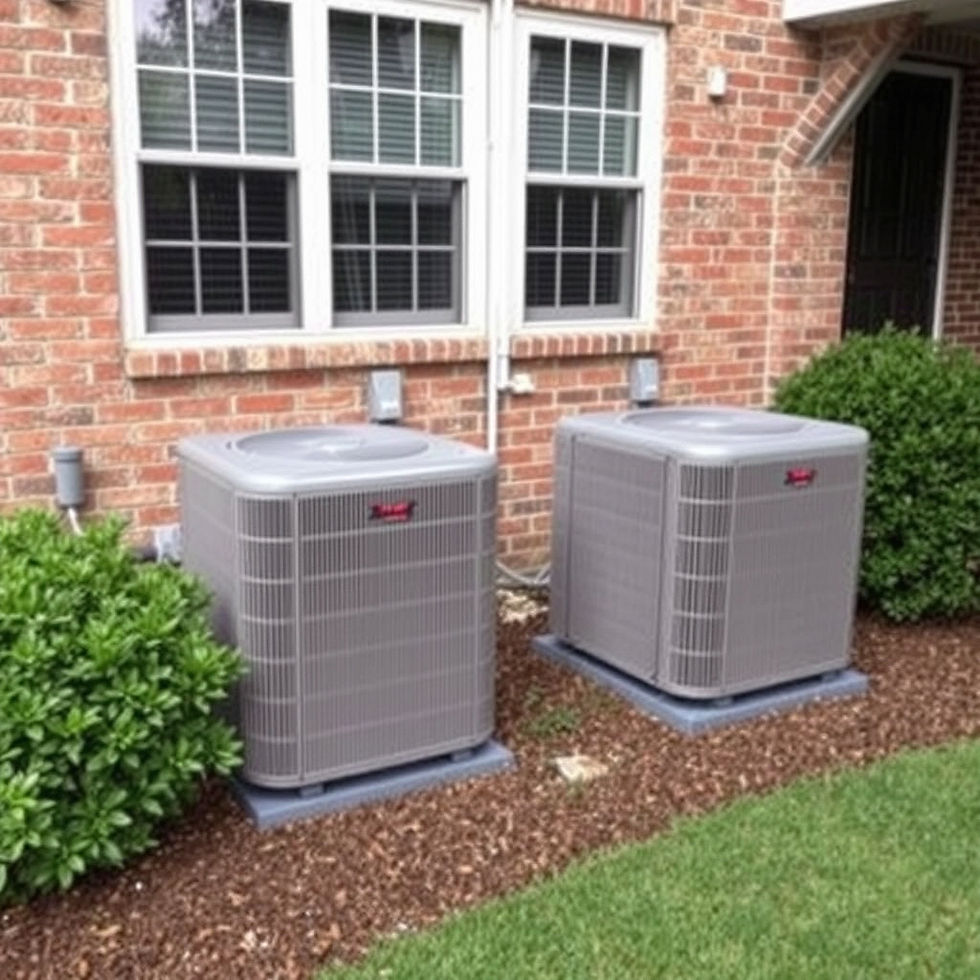Reinsurance and How it Impacts You
- Mutual Assurance Society
- Oct 23, 2023
- 3 min read
Updated: Oct 30, 2023

You may have heard the term "reinsurance" bandied about in financial reports on home insurance rates, but you aren't sure what it is and how it impacts you. Here's what you need to know.
For simplicity's sake, we'll refer to companies like Mutual Assurance and Chubb as the primary insurance provider or company. Reinsurers, such as GenRe or SwissRe, as reinsurers.
What is Reinsurance
Simply put, reinsurance is insurance for insurance companies. It involves the transfer of risk from a primary insurer to a reinsurer through a contractual agreement. The reinsurer agrees to cover certain losses incurred by the primary insurer in exchange for a premium.
Primary insurance providers are required to have sufficient capital to ensure they can cover potential future claims. This protects policyholders and limits the amount and type of coverage a primary insurer can provide. Reinsuring a portion of their risks and certain types of risks enables a primary insurer to maintain good financial health and pay claims.
Reinsurance gives the primary insurance provider the ability to:
· Provide protection against natural disasters and catastrophes
· Expand the number and types of risks they can cover
· Stabilize their loss experience
How Insurers Pay for Reinsurance
When a primary insurance company purchases reinsurance, they pay a premium to the reinsurer that is based on the premiums collected from policyholders and the amount of reinsurance. In some cases, this is a set percentage of the premiums collected.
Two Main Loss Categories
In homeowners insurance, two types of reinsurance are commonly purchased by primary insurance companies; catastrophe and per risk.
Catastrophe Reinsurance
When a hurricane, tornado, or derecho plows through Virginia, home insurance providers can face a large number of claims that add up quickly in cost. This is when catastrophe reinsurance kicks in.
Let's say a provider has calculated it can cover $1,000,000 in claims per catastrophe on its own, so it purchases reinsurance to cover claims in excess of that, up to a maximum of $20 million. One October, a hurricane blows through and the insurance provider's claims total $15 million. The reinsurance will cover the excess of $14 million.
Per Risk Reinsurance
If a home insurance company provides policies on high-value homes, a single loss can have a significant impact on the company’s financial results. Per risk reinsurance allows a company to insure individual policies with higher limits than they would otherwise be able to provide.
For example, a provider decides it does not want to be exposed to losses greater than $500,000 for any single risk. The insurer can purchase per risk reinsurance, which allows them to provide policies with limits over $500,000. The company could insure a home with $2 million dollars in coverage and if the house is struck by lightning, burns to the ground, and has to be rebuilt, the primary insurer will cover the first $500,000, and the reinsurer the rest.
How Reinsurance Impacts Your Premium
Because of higher catastrophe losses in recent years (not just in the U.S. but around the world) and continued inflation, the cost of reinsurance has increased dramatically. Reinsurers' non-life net premiums grew 20% in 2023 following a 22.8% increase in 2022. In the U.S., the second most expensive natural disaster (hurricane Ian) introduced significant volatility into the reinsurance market, particularly for providers in Florida and along the East and Gulf Coasts.
Ongoing inflation driven by labor and material shortages is also influencing reinsurance costs since the pandemic. As reinsurance costs rise, so do home insurance premiums. According to a Policygenius analysis of policy renewals from May 2022 to May 2023, home insurance premiums rose an average of 21%. The forecast for renewals in 2024 is expected to be the same.
The result is that across the globe, homeowner insurance premiums will continue to climb. As a Mutual Assurance member, however, you'll still pay only a small percentage of your premium after your first year, leaving you in a more secure financial position than with any other provider.
Sources: Investopedia, iii.org, NAMIC, Corporate Finance Institute, Insuranceopedia, BeInsure, Policygenius




Comments